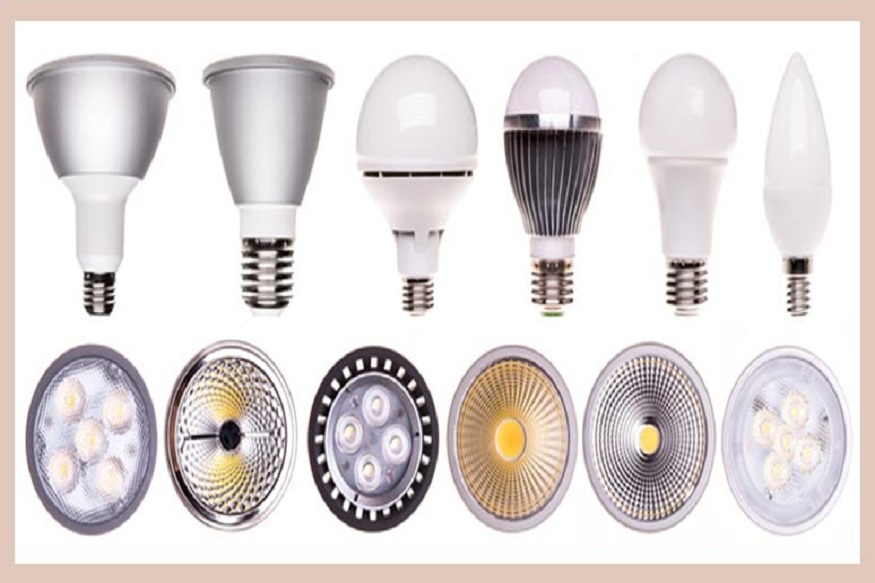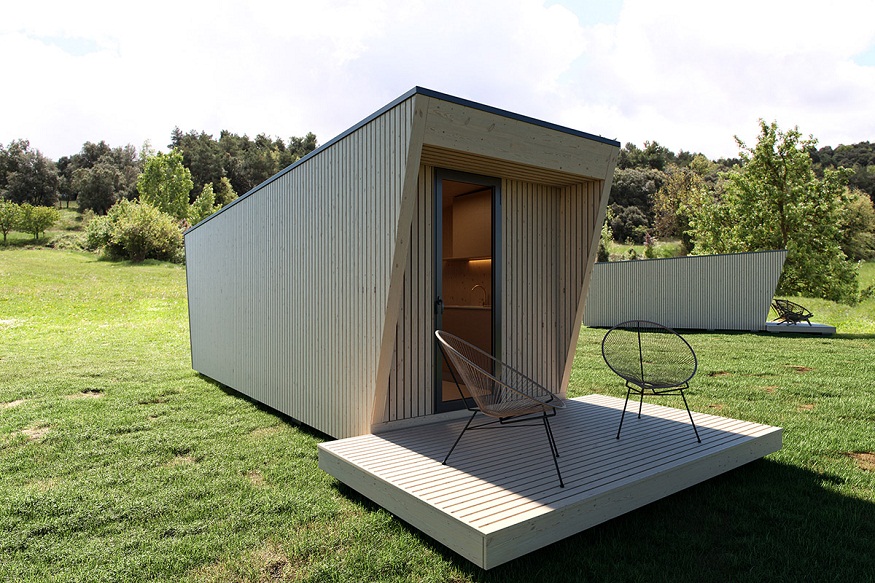Energy Efficiency with Modern Switches and Automation Systems
In an age where sustainability is key and energy costs are constantly on the rise, enhancing energy efficiency within homes and businesses has become imperative. One of the most effective ways to achieve this is through the adoption of modern switches and automation systems. These innovations are not just about convenience—they also empower users to save electricity and lower their carbon footprint.
Modern modular switches are a step up from traditional electrical fittings. Their robust design, advanced features, and integration capabilities make them ideal for energy-conscious individuals. These switches are compatible with smart home ecosystems, enabling automation of lights, fans, and appliances. When integrated with motion sensors and timers, these systems ensure that electricity is used only when necessary.
A key advantage of automation is remote control. Imagine being able to turn off your living room lights or water heater from your smartphone, even when you’re miles away. Smart switches connected to mobile apps allow users to monitor energy consumption in real time, offering data-driven insights into usage patterns and identifying areas of wastage.
Lighting plays a major role in household energy use. Integrating automation with types of LED lights—such as downlights, strip lights, or ambient lights—can lead to substantial savings. LEDs consume up to 80% less power than incandescent bulbs. When paired with dimmers or occupancy sensors, energy use can be further optimized by automatically adjusting brightness based on the time of day or presence of people.
One popular automation trend is the use of scene-based settings. Users can create personalized lighting scenes, such as “Movie Night” or “Work Mode,” with predefined configurations for brightness and appliance usage. This eliminates unnecessary power consumption and enhances comfort.
In office spaces and commercial establishments, automation systems help regulate HVAC systems, lighting, and other energy-intensive operations. Smart building management systems use data analytics to optimize energy usage across floors, departments, or time slots. These systems can track when and where energy is being used the most and adjust settings to maximize efficiency.
Another important consideration is safety and durability. Modular switches made with fire-retardant materials and shuttered sockets reduce risks of electrical accidents. They are engineered to handle higher loads, which is essential for households with increasing numbers of devices.
Moreover, automation is crucial in managing energy during peak hours. With dynamic pricing becoming more common in electricity tariffs, automation systems can be programmed to shift power-intensive tasks—like running dishwashers or charging EVs—to off-peak hours. This not only reduces costs but also contributes to load balancing on the power grid.
For rural and semi-urban households, solar-powered systems integrated with smart switches offer a sustainable and off-grid energy solution. These setups include types of LED lights with built-in solar panels, charge controllers, and motion sensors, allowing even remote areas to benefit from modern energy management technologies.
In conclusion, energy efficiency is no longer an option—it’s a necessity. By embracing modern modular switches and automation systems, users gain greater control over their electrical environment, reduce wastage, and contribute to a greener future. Whether you’re upgrading your home, designing a smart office, or building a commercial complex, integrating energy-saving technologies is a smart and forward-thinking investment.










Post Comment
You must be logged in to post a comment.